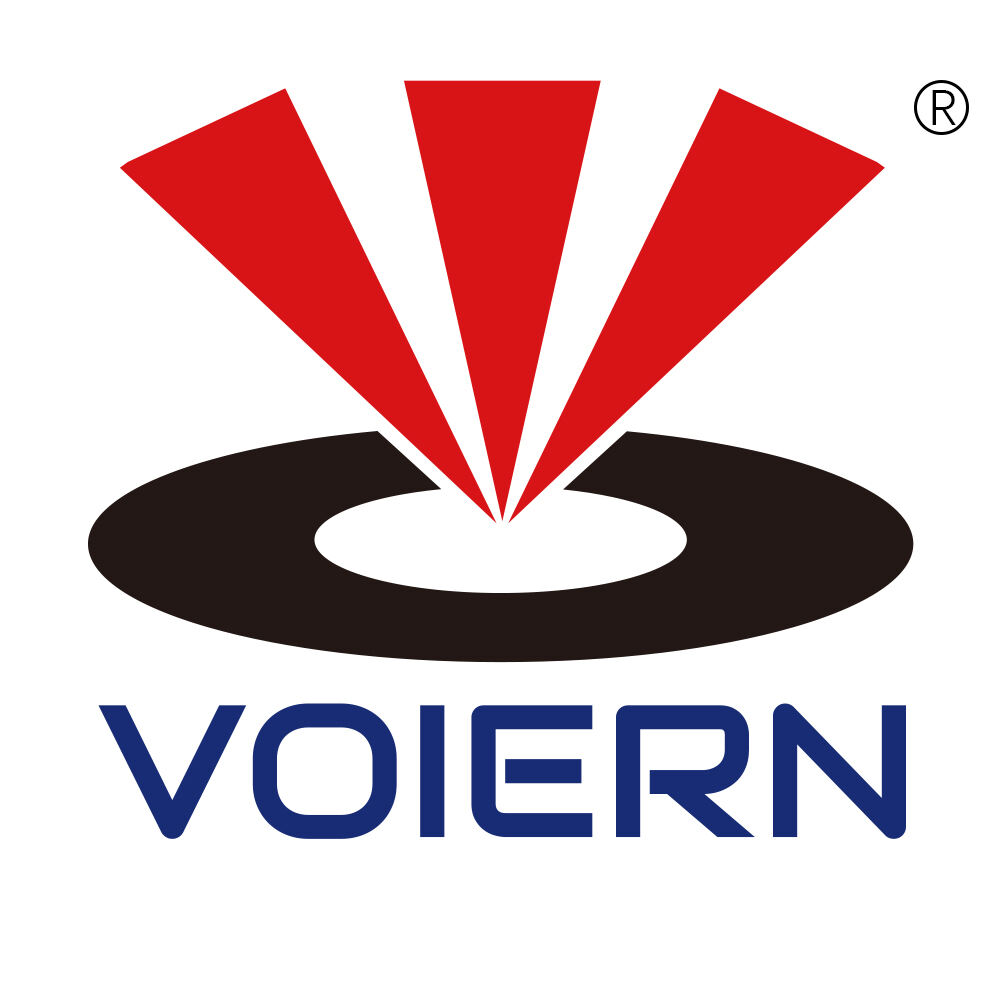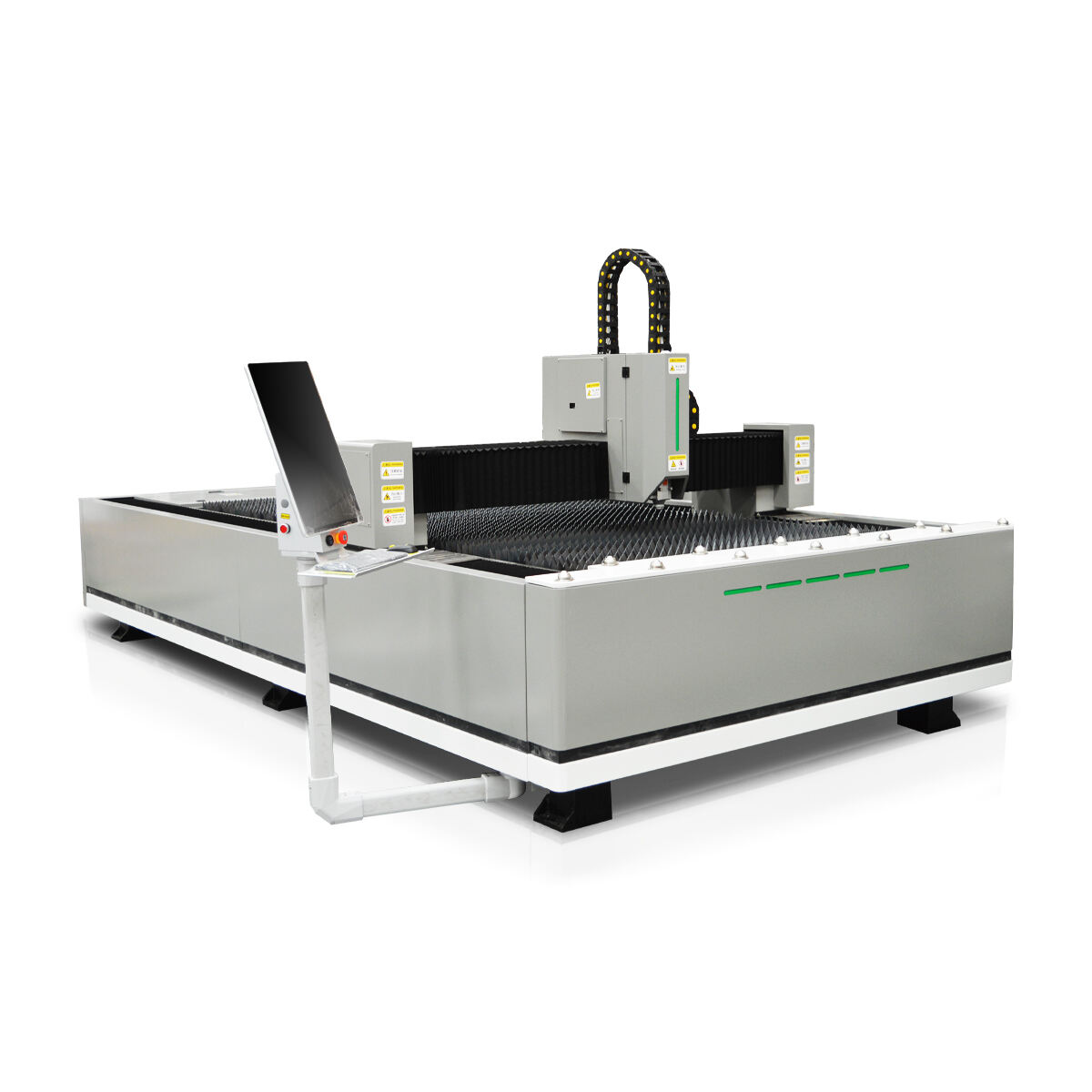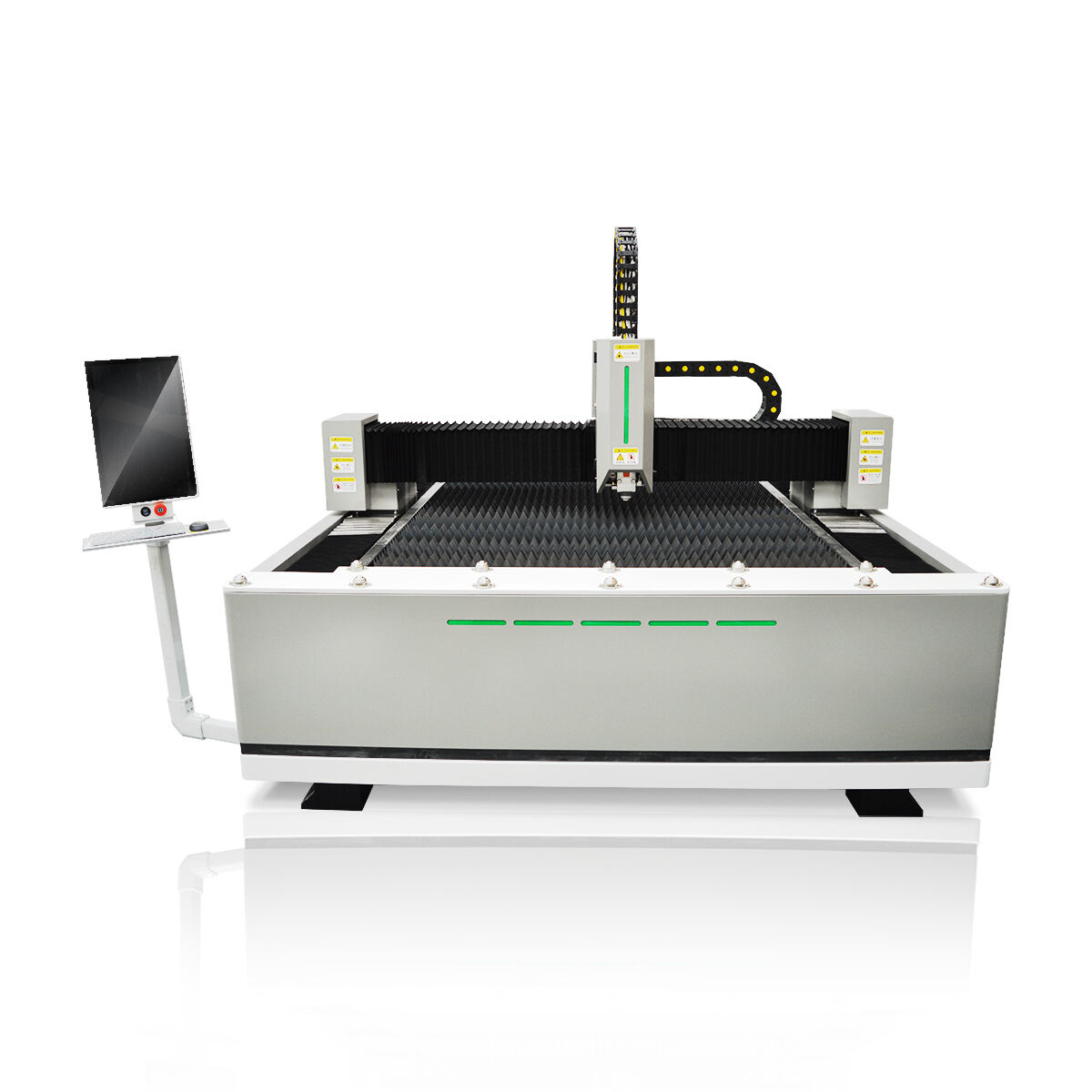Why Choose Laser Cutting Machines for Industrial Applications?
Key Advantages of Laser Cutting Machines in Industry
Unmatched Precision for Complex Designs
Laser cutting machines stand out for their exceptional precision, capable of crafting intricate designs with tolerances often less than 0.1 mm. This precise cutting capability enables the production of complex parts with high accuracy, reducing the necessity for additional processing steps. Utilizing CAD software, designers can easily manipulate designs, allowing the laser cutting machine to interpret and execute without error. Industry statistics highlight a significant improvement in production quality, with companies experiencing up to a 50% increase in first-run acceptance rates when employing laser cutting technology. This enhancement not only boosts efficiency but also minimizes errors, making laser cutting machines indispensable in the manufacturing sector.
High-Speed Production with Minimal Downtime
The speed at which laser cutters operate is remarkable, typically ranging from 20 to 100 inches per minute, which significantly boosts production throughput. This rapid cutting capability not only shortens lead times, enhancing competitiveness, but also ensures high productivity levels. Furthermore, the ability of these systems to swiftly switch between operations results in minimal downtime, contributing to increased overall efficiency. Recent data suggests that companies using laser cutting technology can reduce processing time by approximately 30% compared to traditional methods, a testament to their operational prowess and their competitive edge in meeting tight production schedules.
Reduced Material Waste and Energy Consumption
Laser cutting technology is known for its efficiency, utilizing a concentrated beam to make precise cuts that minimize kerf and reduce material waste. This precision contributes to lower operational costs, as businesses can maximize raw material usage, aligning perfectly with lean manufacturing principles. Additionally, laser cutting machines often consume less energy than traditional methods, offering substantial savings on energy consumption. Reports indicate that the energy savings from using laser cutting equipment can range from 20% to 50% compared to conventional processes, underscoring the environmental and financial benefits of integrating laser technology into industrial applications.
For further insights into specific product features, many reputable brands such as Coherent Inc., Universal Laser Systems, and Gravotech Group provide advanced laser cutting machines tailored to industrial needs.
Superior Cutting Accuracy vs. Plasma or Waterjet
Fiber laser cutters deliver unparalleled cutting accuracy compared to plasma or waterjet alternatives, facilitating intricate detail work. This precision is essential for industries like aerospace and automotive, which require exact measurements and flawless production. Research shows that fiber laser cutters can maintain consistency across large production runs, ensuring each piece meets specifications. As businesses transition from plasma cutting to fiber lasers, they often experience noticeable improvements in product quality, enabling them to meet stringent industry standards.
Non-Contact Process for Extended Tool Life
The non-contact nature of fiber laser cutting significantly reduces wear on cutting tools, resulting in longer tool life and less frequent replacements. This characteristic helps in lowering operational costs over time, as decreased maintenance requirements benefit the bottom line. The extended machinery lifespan reduces downtime, enhancing overall productivity and efficiency. As reported by experts, fiber laser systems can operate up to 50% longer than traditional cutting systems, providing a considerable advantage over conventional methods by maximizing machinery utility.
Automated CNC Integration for Repeatable Results
The integration of CNC technology with fiber laser cutters brings automation and consistent repeatability to production processes. This automation minimizes human error, ensuring high-quality results across large production batches. CNC models are versatile, easily adapting to various designs through programming, thus enhancing production capabilities. Studies highlight that manufacturers using CNC-integrated lasers can increase production accuracy by over 40%, demonstrating significant improvements in efficiency and consistency due to this advanced integration technology.
Industrial Applications of Fiber Laser Cutting Technology
Metal Fabrication for Automotive Components
Fiber laser cutting technology is a staple in the automotive industry, particularly for metal fabrication. Its precision is crucial for creating intricate parts that are not only vital for vehicle performance but also ensure safety. The applications are extensive, ranging from cutting chassis components to crafting brackets and exhaust systems with efficiency and precision. As the demand for electric vehicles rises, the automotive industry increasingly relies on fiber lasers for rapid prototyping and mass production, leading to reduced production times by over 20%. This shift not only enhances the manufacturing process but also supports the industry's growth in adopting innovative technologies.
Aerospace-Grade Material Processing
Fiber laser technology is essential for cutting advanced materials in aerospace applications. Its ability to precisely handle materials like titanium and aluminum alloys makes it indispensable in creating components that meet rigorous safety and weight specifications. This precision is vital when manufacturing aircraft parts, which require complex geometries. The technology streamlines the production process, improving efficiencies and reducing waste. Furthermore, experts acknowledge the importance of laser cutting in enhancing sustainability within aerospace fabrication, as it helps maintain high-quality standards and reduces environmental impacts.
High-Volume Electronics Manufacturing
Fiber laser cutting is pivotal for electronic manufacturers who require precision in creating circuit boards and detailed components. The technology's capability to make intricate cuts without affecting surrounding materials is essential, especially when dealing with delicate electronic parts. Additionally, fiber lasers offer quick adaptability for design changes, allowing manufacturers to meet evolving market demands swiftly. Statistics reveal that those utilizing fiber laser cutting in electronics have reported substantial reductions in production errors and associated costs, making this technology a catalyst for innovation and efficiency in the electronics sector.
Fiber Laser Cutting Machine 1530: Features and Benefits
1500x3000mm Processing Range for Large-Scale Projects
The Fiber Laser Cutting Machine 1530 boasts a generous processing range of 1500x3000mm, making it an excellent choice for large-scale industrial projects. This substantial workspace allows manufacturers to handle larger materials, facilitating extensive production runs without the need for frequent machine resets. This means manufacturers can optimize their workflow and enhance productivity significantly. By leveraging this capacity, businesses can experience reduced cycle times and heightened efficiency. According to industry experts, machines offering larger working areas, like the 1530, can potentially elevate production output by up to 35%, making them invaluable across various sectors.
10+ Meters/Minute Cutting Speed with 1000W Power
The Fiber Laser Cutting Machine 1530 features a remarkable cutting speed exceeding 10 meters per minute, driven by its robust 1000W power output. This dynamic duo ensures that demanding cutting tasks are executed with unerring precision and unparalleled accuracy. Whether it's slicing through thick materials or delicate metals, this machine's versatility is unmatched. By offering quick project turnarounds, it aids businesses in meeting tight deadlines and maintaining customer satisfaction. In fact, case studies have indicated that incorporating the 1530 can lead to production speed increases of up to 50%, proving its critical role in improving operational efficiency.
Swiss-Designed Control System for Precision Operations
The 1530 model is equipped with an advanced control system designed in accordance with Swiss engineering standards, ensuring high-precision operations. This sophisticated system allows for meticulous processing and intuitive operation, greatly minimizing error margins and enhancing the quality of final products. Additionally, the flexibility to customize settings for different materials augments operational effectiveness, accommodating a variety of cutting demands. User testimonials indicate that this level of control can reduce waste by up to 30%, yielding substantial cost savings and promoting sustainable manufacturing practices.
By discussing these features, I'm not only highlighting the superior capabilities of the Fiber Laser Cutting Machine 1530 but also emphasizing its significant impact on productivity and cost-efficiency, making it a highly sought-after asset for modern manufacturers.
Choosing the Right Laser Cutter for Your Facility
Assessing Power Requirements vs. Material Thickness
Understanding the relationship between power output and material thickness is essential for selecting an appropriate laser cutter. Matching the laser cutter's power with the material thickness facilitates optimal cutting results. Using too low of a power output for thick materials leads to poor cuts, while excessively high power for thinner materials can cause burn-through, negatively impacting quality. Most facilities opt for a power range of 1000W to 2000W to effectively accommodate various material types efficiently. Expert insights suggest that properly assessing these factors significantly improves cutting efficiency and reduces operational costs.
Evaluating Gas Assist Options for Cost Efficiency
When considering laser cutting machines, evaluating the right gas assist (such as nitrogen or oxygen) is crucial for cost efficiency. Gas assists not only enhance the cutting process by improving cut quality and speed but also create cleaner edges, especially on materials like stainless steel and aluminum. It's important to weigh the costs of different gases against the benefits they provide in terms of material quality. Research from manufacturing efficiency studies has shown that optimized gas assist can reduce operational costs by up to 20%, highlighting the importance of this consideration for budget-conscious operations.
Importance of Servo Motors and Precision Guides
Servo motors play a pivotal role in the responsiveness and accuracy of laser cutting operations, directly influencing the cut quality. At the same time, precision guides ensure consistent material movement. This consistency is critical for high-speed applications, where accuracy is paramount to achieving top-notch results. Upgrading to high-quality servo motors and guides is an investment that can yield increased productivity and product quality. Feedback from industry reports indicates that facilities utilizing advanced servo systems report enhanced cutting precision and output, with improvements of over 30% being a common result.




